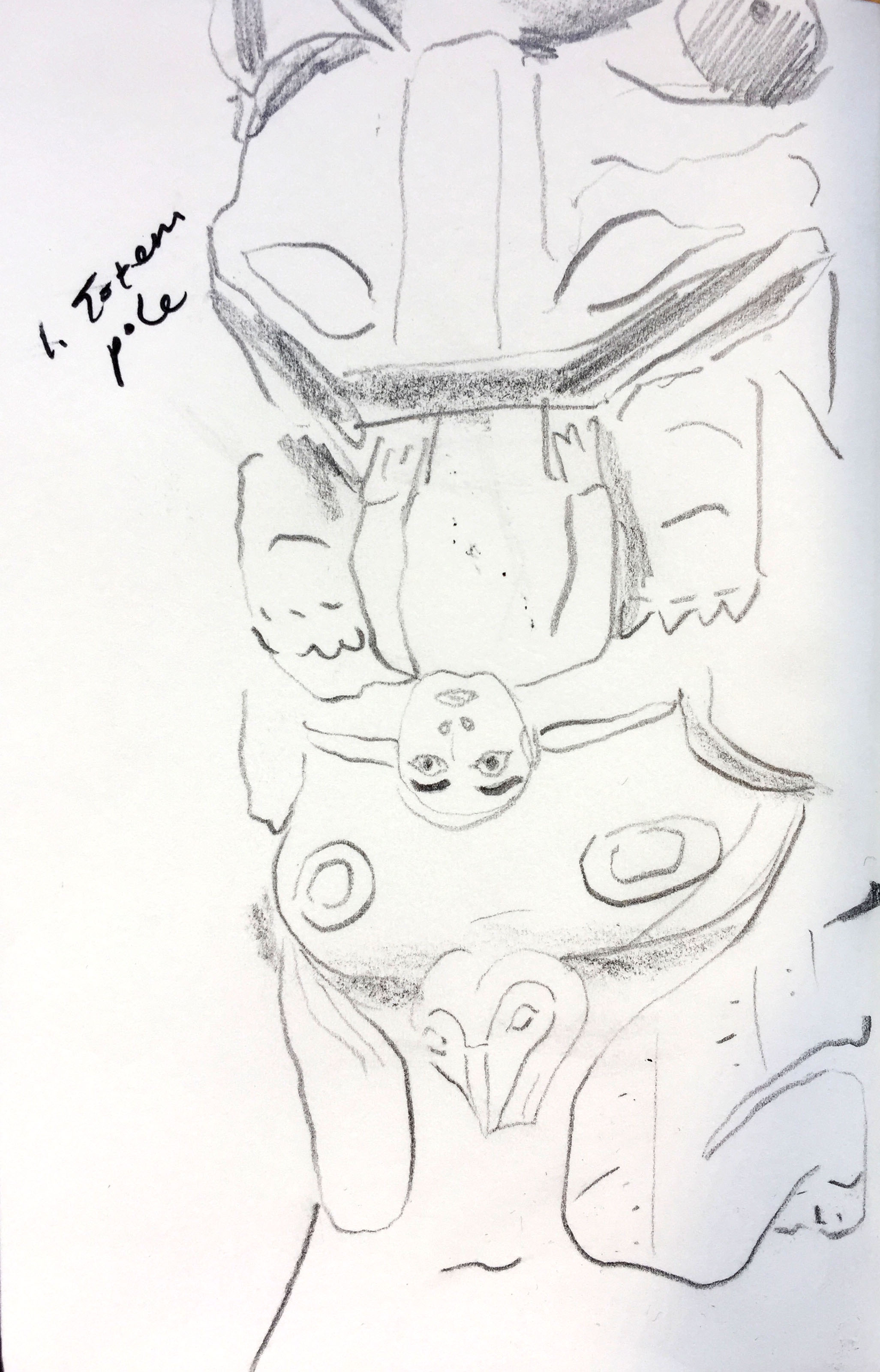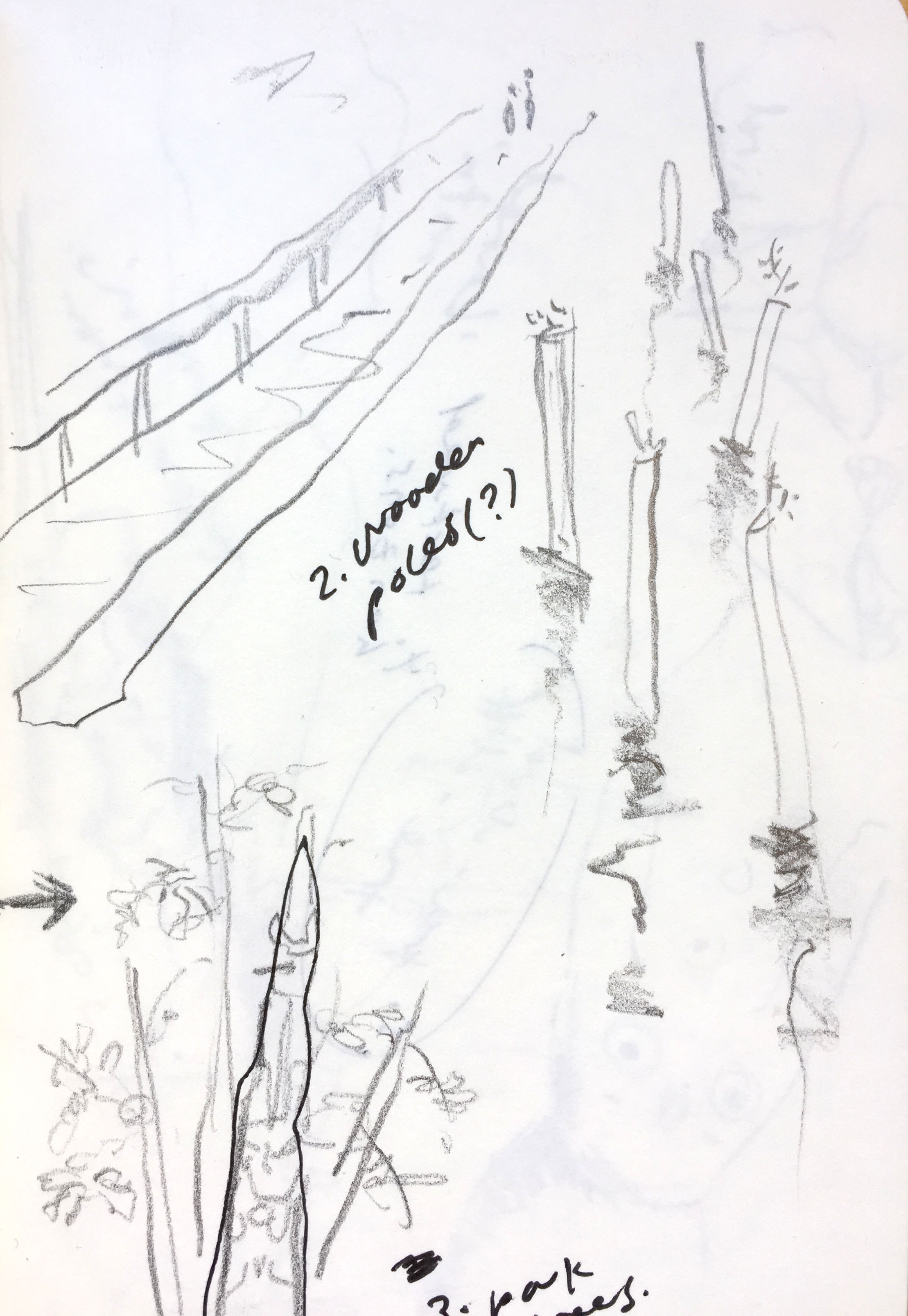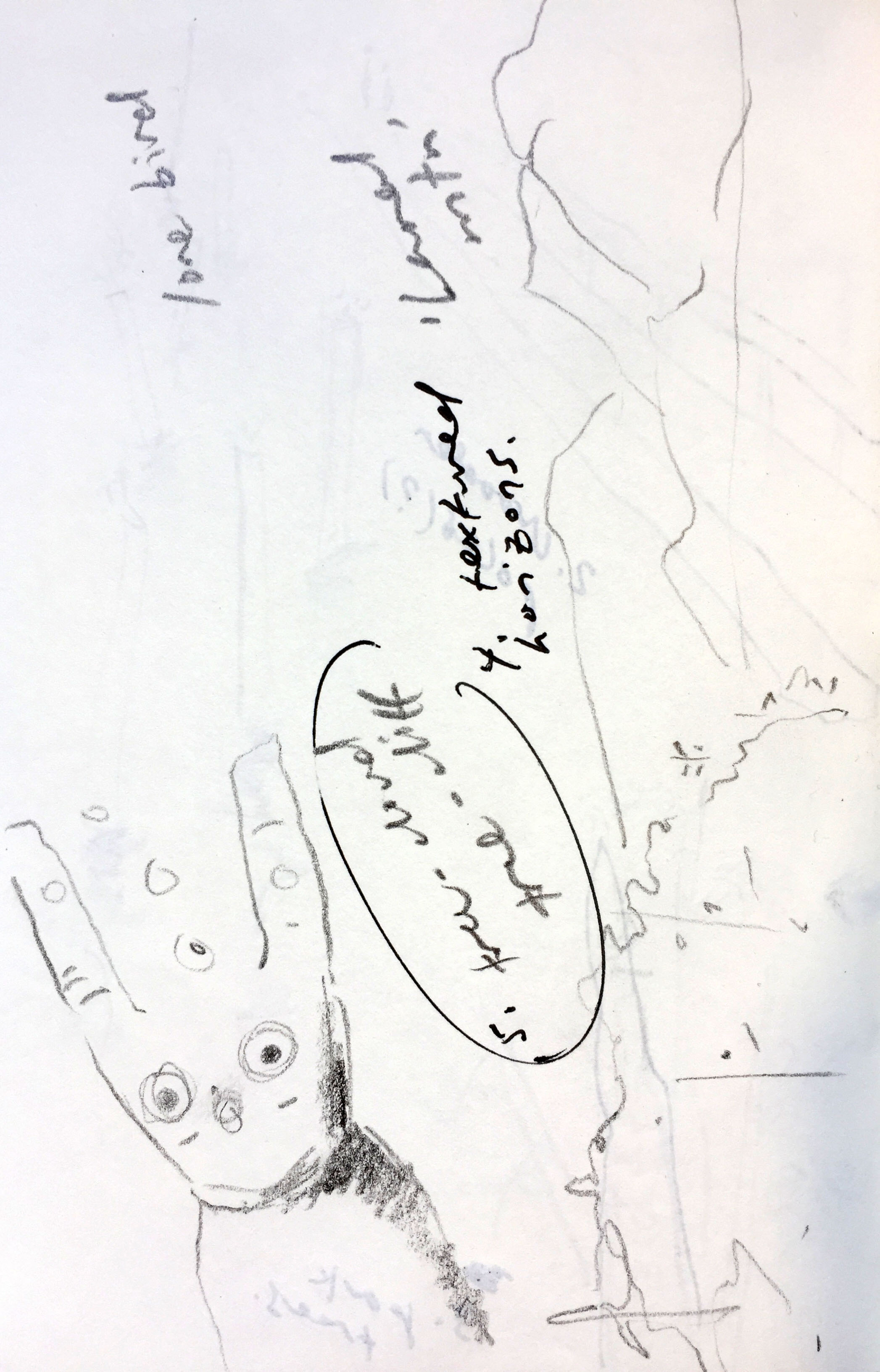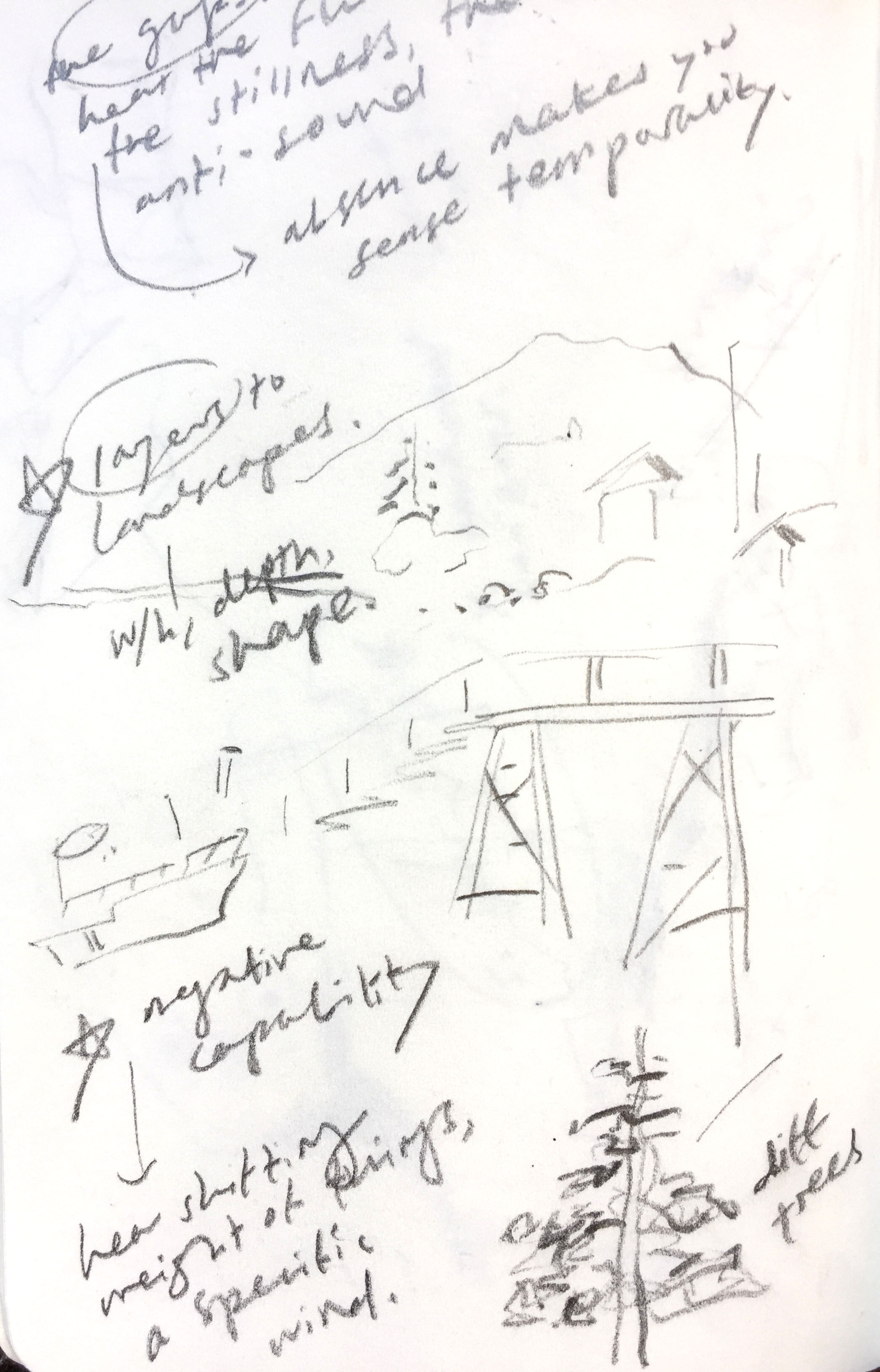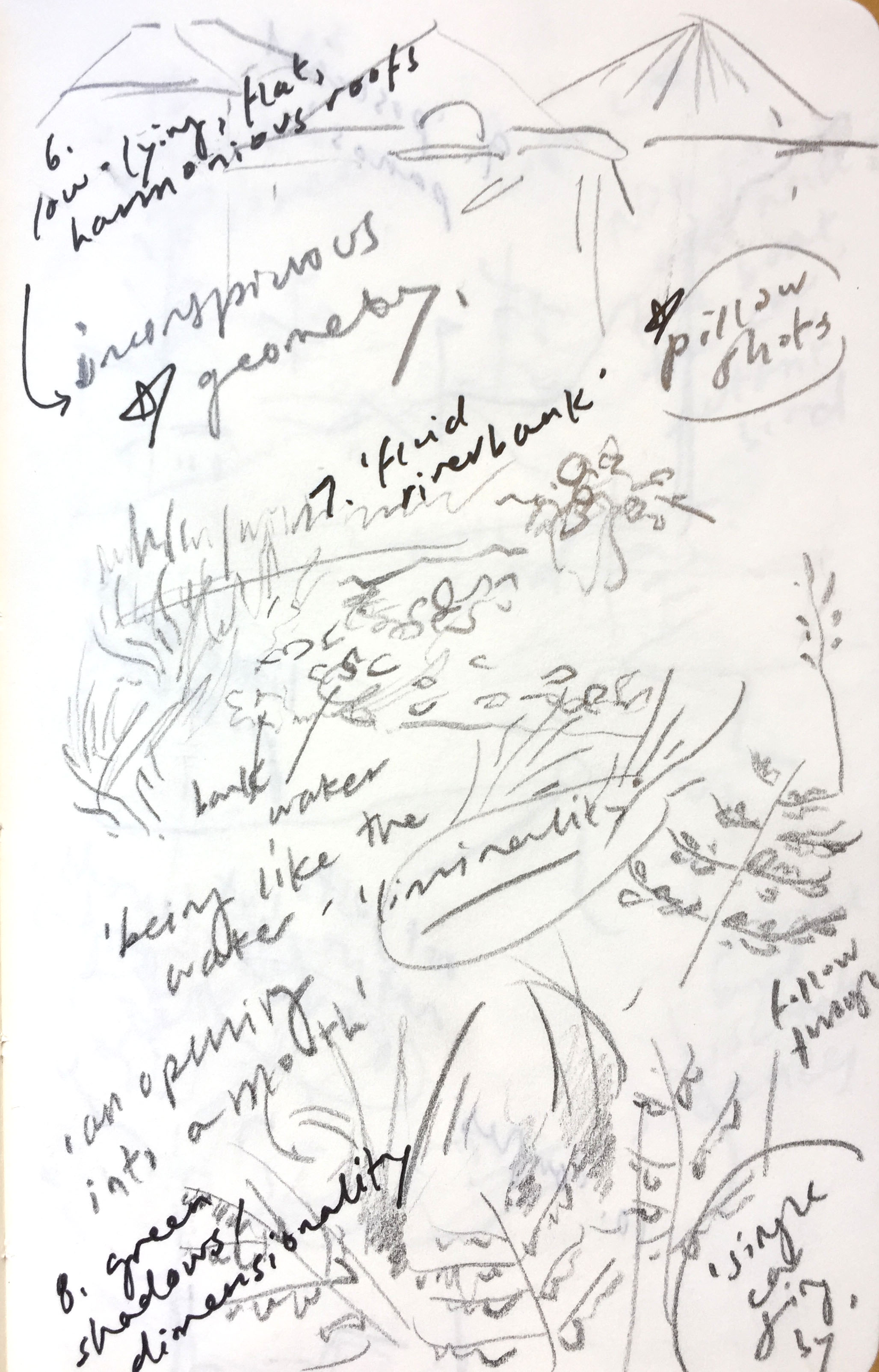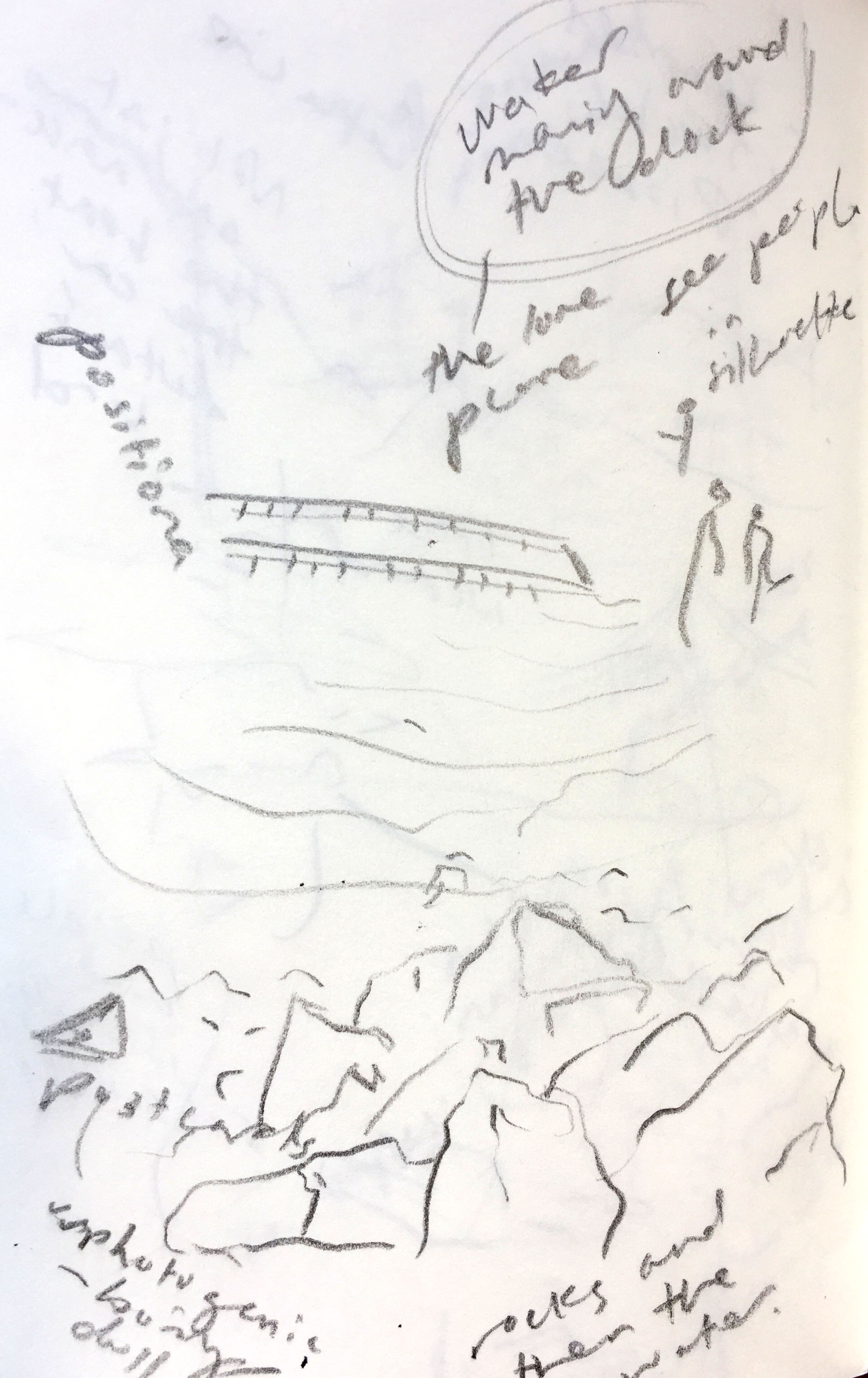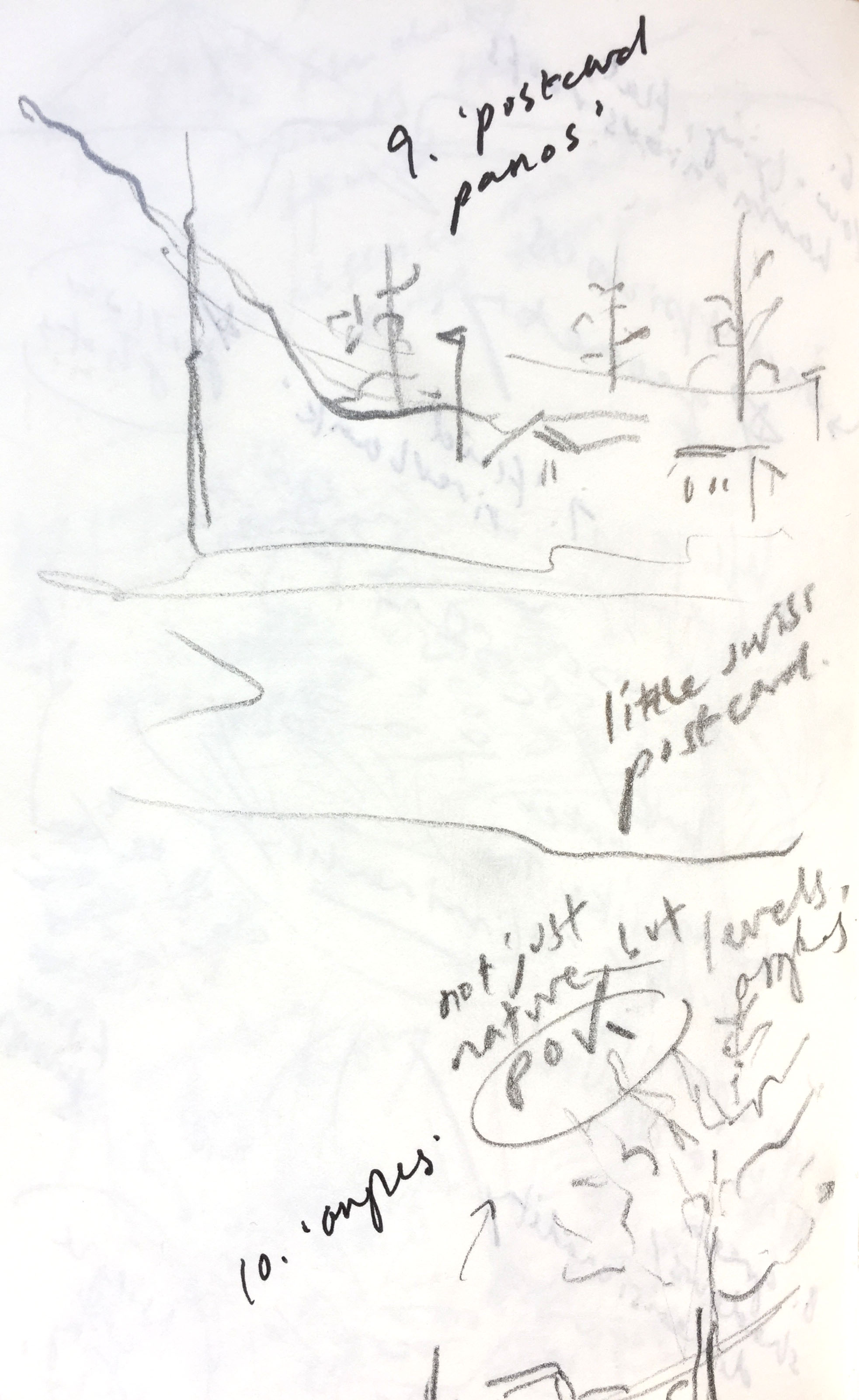Landscapes: First Impressions of an Island in Alaska
/“If we were to divide all the existing descriptions of cities into two groups according to the birthplace of the authors, we would certainly find that those written by natives of the cities concerned are greatly in the minority. The superficial pretext—the exotic and the picturesque—appeals only to the outsider. To depict a city as a native would calls for other, deeper motives—the motives of the person who journeys into the past, rather than to foreign parts.” –Walter Benjamin
“Behind everything
the foreigner sees, something he doesn’t
know how to look for.”
— Forrest Gander, “Beijing”
I’m closing out my first week in Sitka, and what strikes me most is that this place still feels as unrooted as it did for me the night I arrived. I recall from Forrest Gander’s Core Samples from the World: “…Every place is equally exotic and numbingly familiar.” Granted, there’s something to that, but my past experience with new places has been that I’ll eventually settle into a kind of rhythm regarding their particular ‘exoticness’ and slowly improve at navigating it. Sometimes that slides into full habituation if I live there long enough. Other times, this limbo of ‘familiar unfamiliarity’ is what I continue to float through during extended travel.
I first noticed this about the town when I was taking a walk the next day with Lila, who’s also visiting. She half-jokingly pointed out the mountains that surround us (mountains that seem to hover above this place as constantly and distantly as the clouds themselves), and how she used to think they were following her because they’d be everywhere she looked. We’re both foreign enough to this place so that its central landscapes continue to jump out and startle us. There’s a fascinating dynamic between the hazy, comfortable small-town life in the heart of the neighborhood; and the small shocks we receive as soon as we venture near its edges and are met with the harbors, mountains, and small islands that bob just beyond its shores—a reminder you’re on the rim of the world.
After being surrounded by warm hosts who take in this surreal landscape with seasoned nonchalance, and meeting other locals who seem to perceive it the same way (I mean, to be able to compact it into two or three lines in a song!), I began wondering at what seemed to be the eventual normalization of this place and its dimensions. Then, at the Sitka Tells Tales event last night, I listened to “stories on, in, under, and of the sea” in which people opened up about the same kinds of distanced awe I’d been feeling. There were an Antarctic diver and fisher couple who both spoke about the feeling of inward-peering isolation that faces one when alone with the sea, to many nods and knowing smiles. Vivian, a Tlingit storyteller, made for me what was the culminating statement of the night: “…This ocean is non-negotiable, and it is meant to be respected…”
And so, I realized Sitkans do nurse their capacity for awe—it’s simply kept tucked away during the day so they can give enough attention to the tasks that keep their work and lives well-oiled and turning. Alternations of depth and gazing—rarely have I encountered them as closely as I have during my short time here. “…One step forward and we are with them. One step back, another realm absorbs us” (Forrest Gander, “A Clearing”).
Serin Lee is a summer intern with Artchange Inc. and a rising Sophomore at the University of Chicago planning to major in English Language & Literature, and potentially Anthropology. She is interested in stories and culture, and their convergence in film as a means of navigating elements of home and place.


